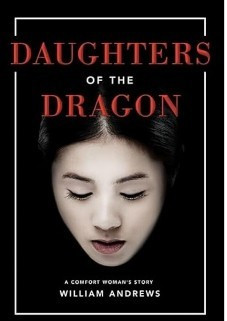
Daughters of the Dragon follows Anna Carlson, a young Korean adoptee who uncovers her family’s past through the story of Jae-hee, a former “comfort woman” during World War II. Through the symbol of a dragon comb passed down through generations, the novel intertwines personal trauma with historical memory, honoring women’s resilience and survival. Read more...

White Chrysanthemum tells the story of two Korean sisters separated during the Japanese occupation—Hana, captured as a “comfort woman,” and Emi, who carries the weight of her loss into old age. Moving between past and present, the novel explores memory, trauma, and the enduring bonds of love and survival. Read more...

The Book of Dead Birds follows Ava Sing Lo as she confronts her mother Helen’s painful past in Korea while volunteering to save dying birds in California’s Salton Sea. Through their intertwined stories, the novel explores generational trauma, racial identity, and the search for reconciliation and healing. Read more...
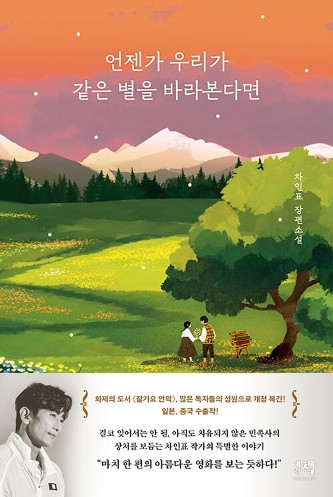
Set during the 1930s Japanese occupation, this novel follows Suni, a girl whose friendship with a tiger hunter is shattered when she is forced into sexual slavery as a “comfort woman,” only to be rediscovered decades later in the Philippines. Read more...
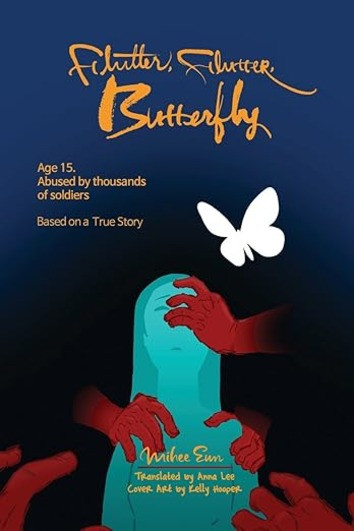
This historical novel, through Soonbun’s eyes, portrays Korean comfort women’s suffering under Japanese occupation during World War II. Tracing her abduction to war’s end, Eun Mi-hee blends restraint and clarity, preserving survivors’ truths while using fiction to deepen empathy. Read more...
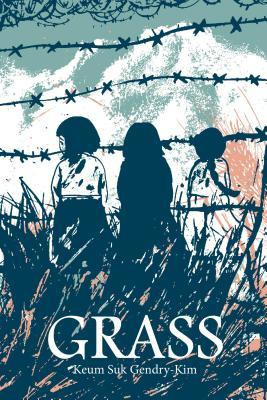
Grass is a graphic novel tracing Okseon Lee’s life from poverty in colonial Korea to her abduction as a “comfort woman” during WWII. Through stark art and intimate storytelling, it memorializes Lee’s trauma, survival, and enduring fight for truth. Read more...
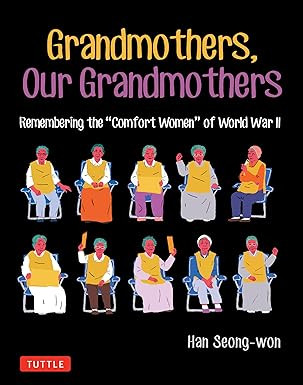
Grandmothers, Our Grandmothers is a graphic narrative that tells the stories of Korean and other survivors of Japanese military sexual slavery, portraying their resilience, artistry, and activism in the face of lasting trauma. Through vivid testimony and illustration, Han Seong-won honors these women’s courage and ensures their experiences remain part of collective memory. Read more...
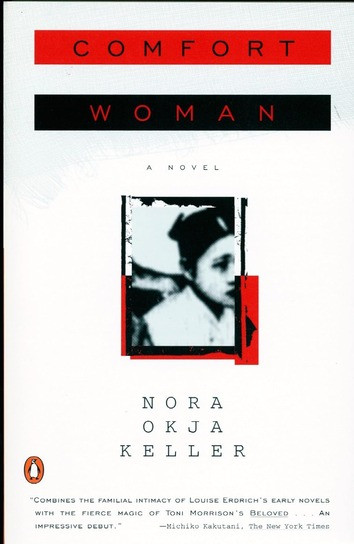
Comfort Woman tells the intertwined story of Akiko, a former WWII “comfort woman” haunted by her brutal past, and her daughter, Beccah, in Hawaii. Through grief, visions, and revelations, the novel explores intergenerational trauma, memory, and resilience. Read more...

Set after the Korean War, this novel follows Hyun Jin, Sookie, and Lobetto as they struggle to survive poverty, exploitation, and U.S. military presence. Through their fragile bonds, the story portrays lost innocence, resilience, and fleeting solidarity amid devastation. Read more...
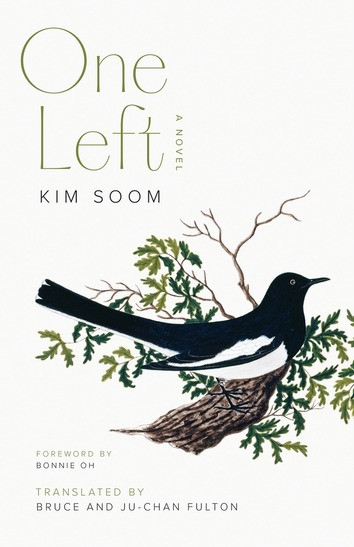
One Left tells the story of a 91-year-old former “comfort woman” who, after decades of silence, tells her story of being abducted at thirteen. Through her vulnerability and fragile new bond with a neighbor, she begins reckoning with her trauma. Read more...
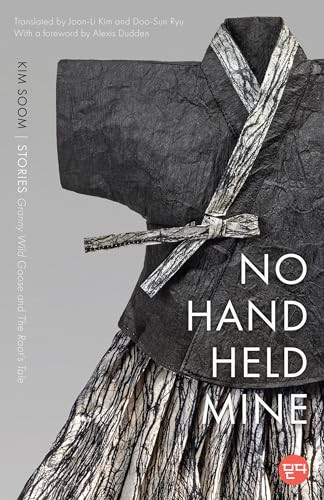
No Hand Held Mine pairs the testimony of former comfort woman Gil Won-Ok with a contemporary tale of a woman leaving a failed relationship, revealing resilience across generations. Through these two narratives, Kim Soom highlights survival, solitude, and compassion, underscoring her reputation as one of Korea’s most acclaimed writers. Read more...
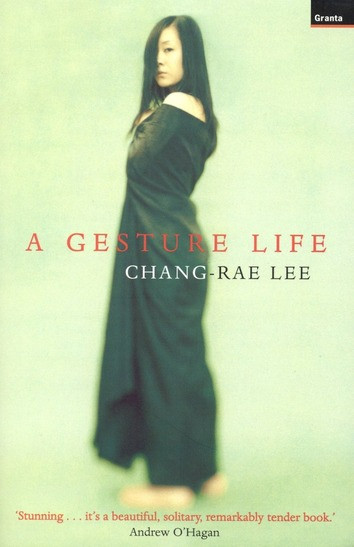
A Gesture Life follows Franklin Hata, a Japanese-American man haunted by his wartime past as a medic complicit in Japan’s “comfort women” system. His fractured memories and moral failures reveal a lifelong struggle between outward respectability and inner guilt. Read more...

This novel follows Wang Di, who was forced into sexual slavery during Singapore’s 1942 Japanese occupation, and her grandson Kevin, who, in 2000, uncovers her past. This story bridges generations and recovers erased wartime histories. Read more...
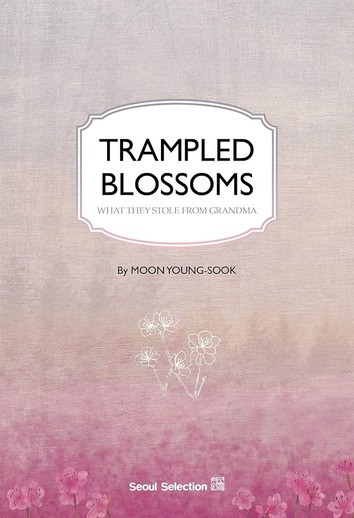
Trampled Blossoms follows Yuri, a teenager who learns of her grandmother Chunja’s death at a shelter for surviving “comfort women.” As Yuri uncovers Chunja’s hidden past, from her abduction at thirteen to her survival under Japanese military sexual slavery, she confronts trauma and memory. Read more...
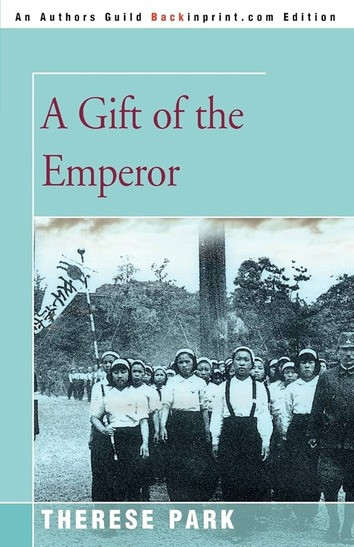
This novel follows Soon-ah, a Korean girl abducted during Japanese occupation and forced into sexual slavery. Set on a South Pacific island, her story reveals wartime brutality, the resilience of survivors, and the lasting scars of historical violence. Read more...

Angelina Lee, grieving her mother’s death and reeling from divorce, uncovers a hidden family history tied to her aunt Sunyuh, lost during Japan’s occupation. The novel explores generational trauma, silence, and identity across time and continents. Read more...
The following books haven’t yet been translated into English. The titles and summaries here are our own versions—so any mistakes are ours.
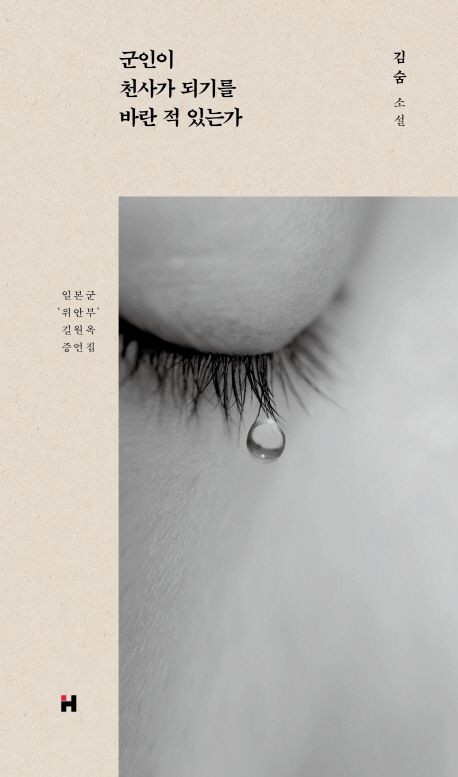
Kim Soom’s third novel on the “comfort women,” Has a Soldier Ever Wished to be an Angel, draws from the testimonies of Kil Won-ok and Kim Bok-dong, presenting an intimate first-person narrative. Through a raw, fragmented monologue, she portrays the enduring scars of sexual slavery and the quiet strength of remembrance. Read more...
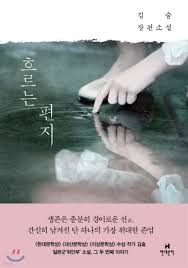
Soom Kim’s novel Flowing Letters presents a harrowing first-person account of a 15-year-old imprisoned in a comfort station during Japan’s occupation. Confined within captivity, it renders trauma, memory, and endurance with empathy, illuminating humanity amid exploitation and war’s devastation. Read more...
